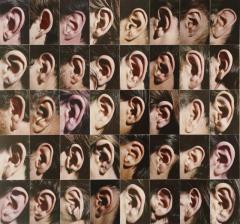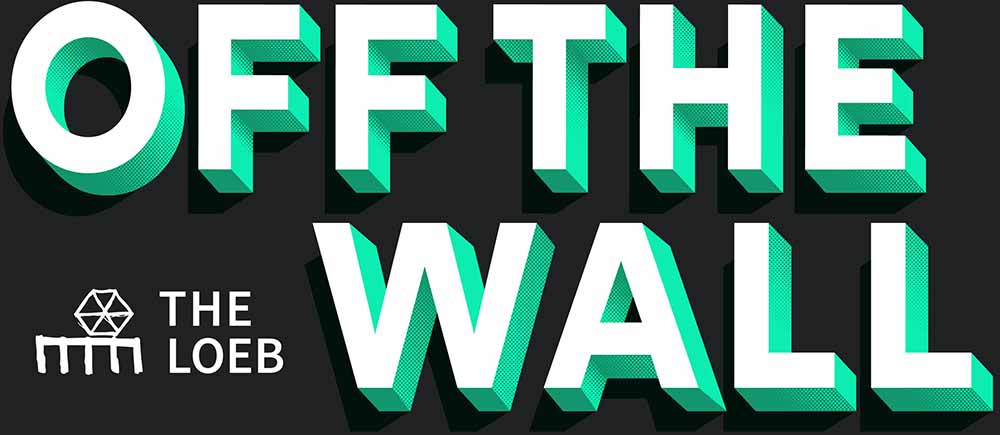On the Grid: Ways of Seeing in Print
When: August 20 through December 22, 2022

The grid often hides in plain sight, from notepads and spreadsheets to halftone photographic reproductions and pixelated images. It dominates the organization, perception, and representation of the modern world, especially in print. Deeply embedded in a Western worldview, the grid visualizes control, stability, and order. As an invisible framing device, it is so pervasive that we habitually ignore it. Yet when artists call our attention to the grid, its layered meanings come fully into view. Spanning over 150 years of American and European art and visual culture, On the Grid: Ways of Seeing in Print surveys photographs, prints, artist’s books, and printed sculptures from the dynamic permanent collection of the Frances Lehman Loeb Art Center. It explores how artists have embraced, rejected, and reclaimed the grid. By altering and challenging perception, they offer new ways of seeing the world.
Though the grid dominated 19th-century photography as a tool of scientific and social categorization in Europe and North America, artists have reclaimed it many times over. While Minimalists embraced the grid for its compositional stability and as pure abstract form, Op and Pop artists recognized the grid’s disorienting potential in optical illusion. In the 21st century, contemporary artists reclaim the grid as a strategy of rejecting hegemonic culture. They use experimental bookmaking and photography to interrupt received histories, challenging us to see canonical art and artists with new eyes. The grid is repurposed as a potent visual metaphor for the failures of supposedly rational ways of seeing under the inequitable conditions of Western capitalism and imperialism. Artists suggest new and emancipatory ways of seeing, shaped especially by experiences of Indigeneity, queerness, immigration, gender, and race. By shaking off the grid’s connotations of constraint and rigidity, they imagine a new world in hopes of one day living in it.
This exhibition is generously supported by the Friends of the Frances Lehman Loeb Art Center Fund and Hoene Hoy Photography Fund, and accompanied by a richly illustrated catalogue.
